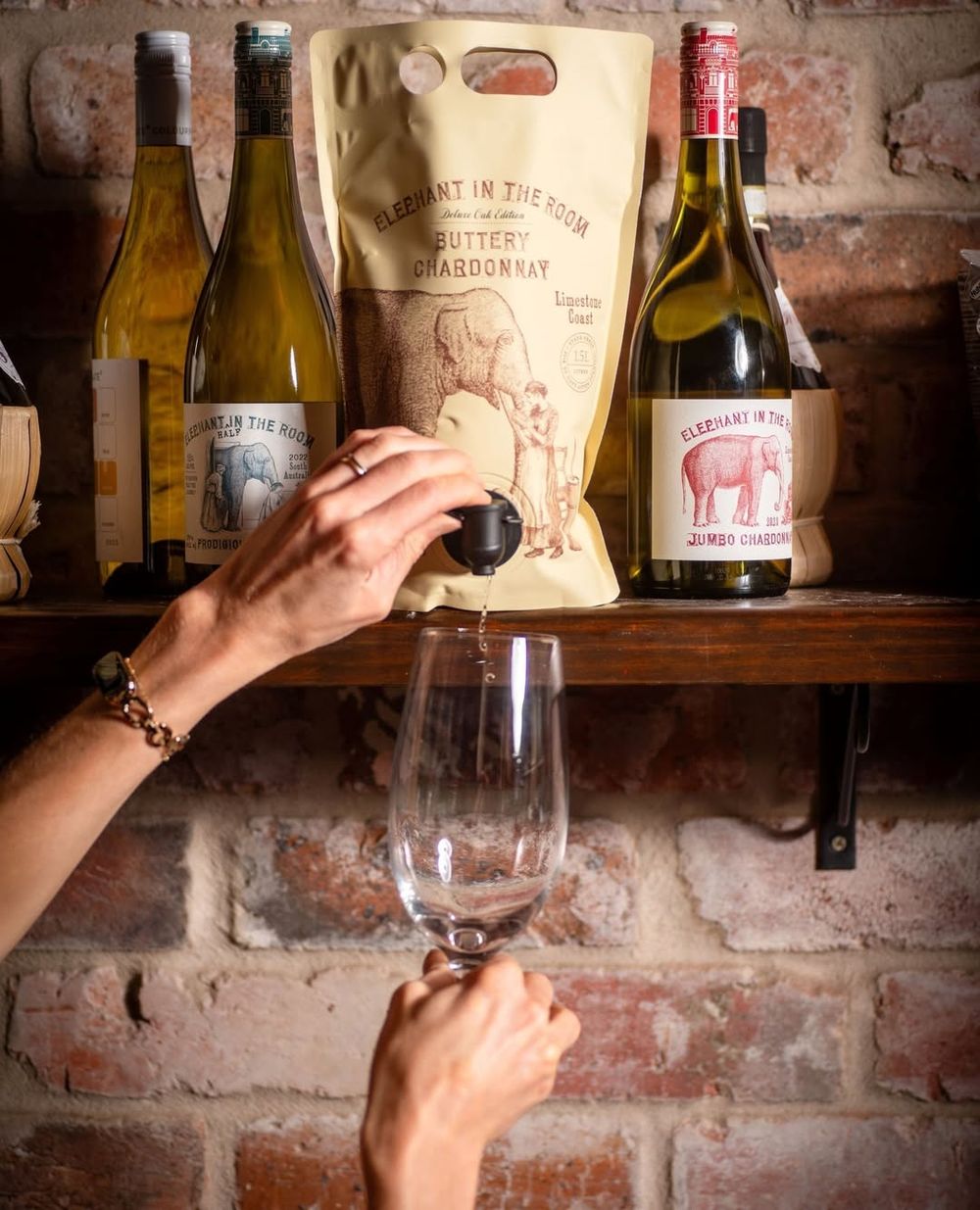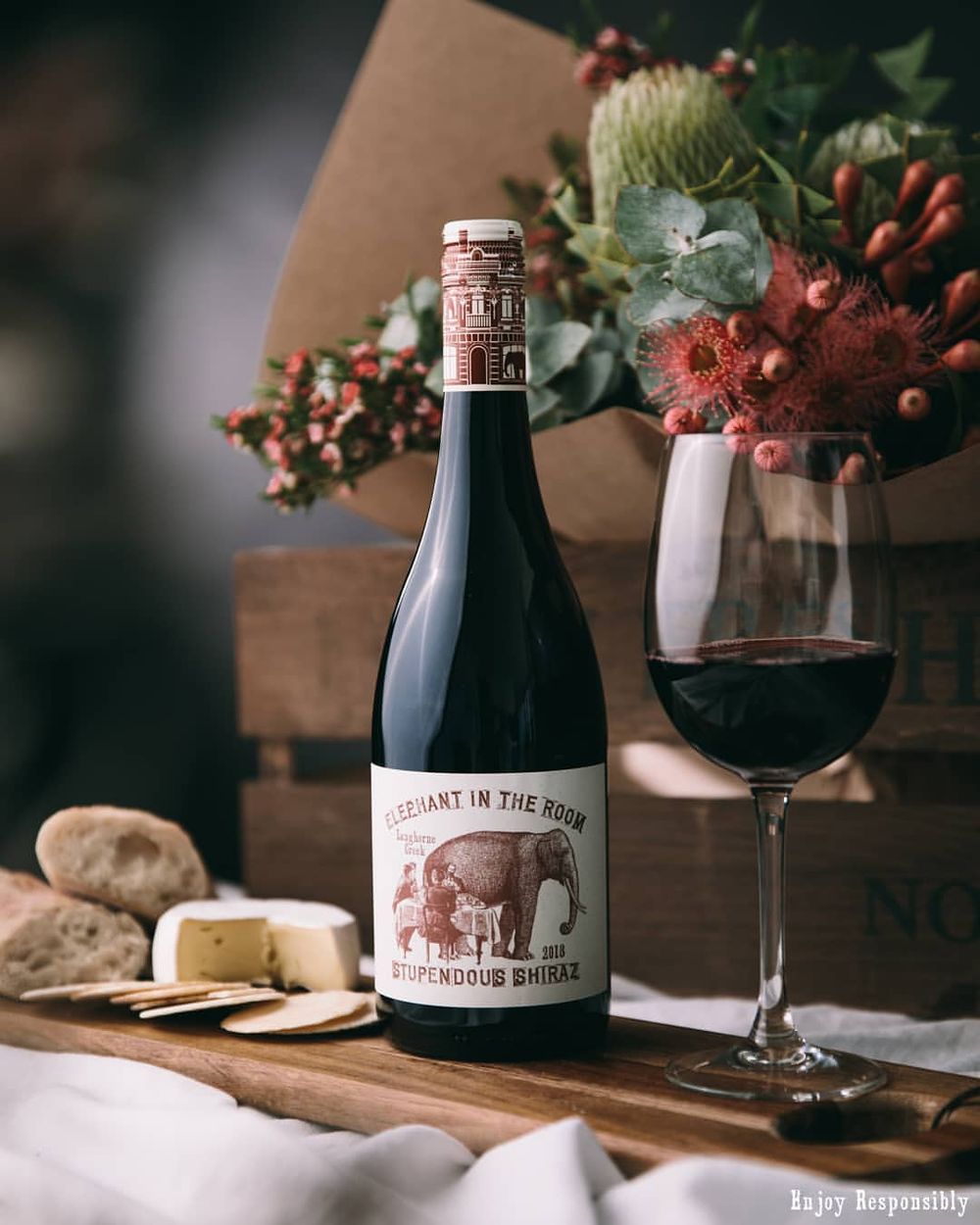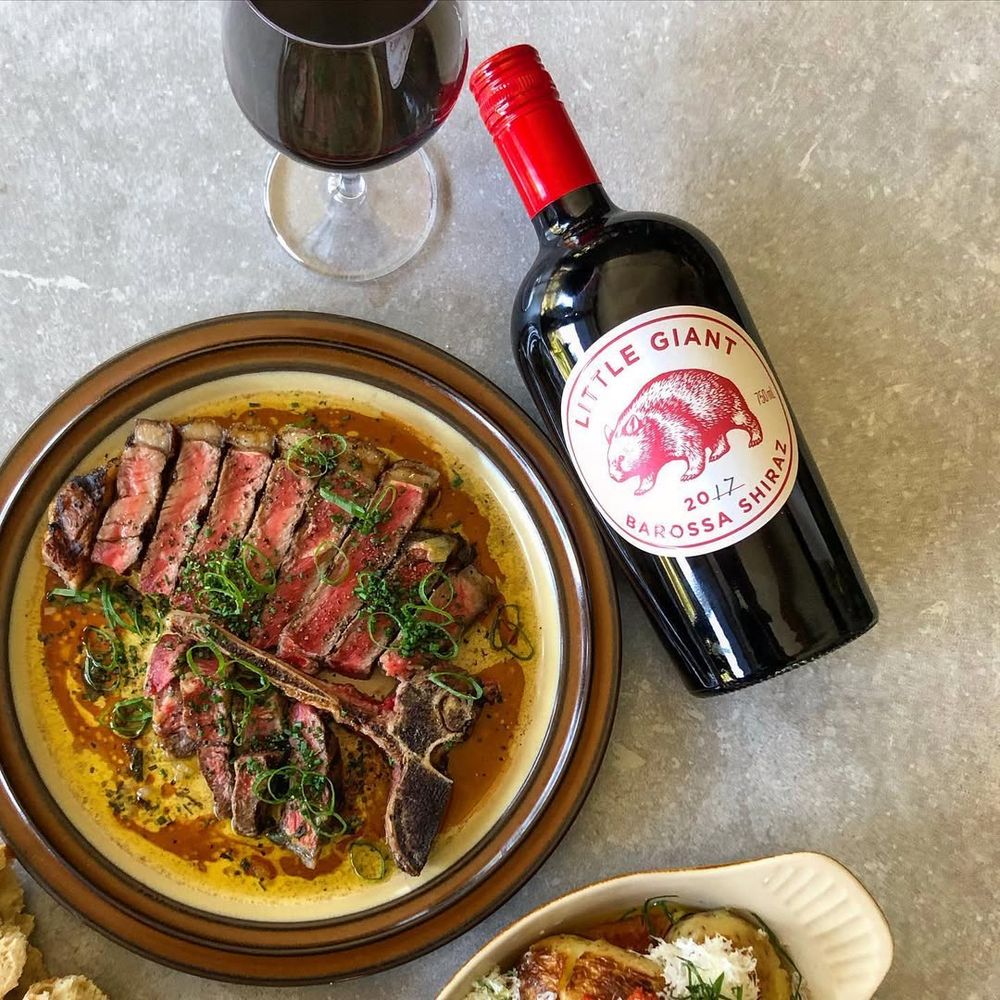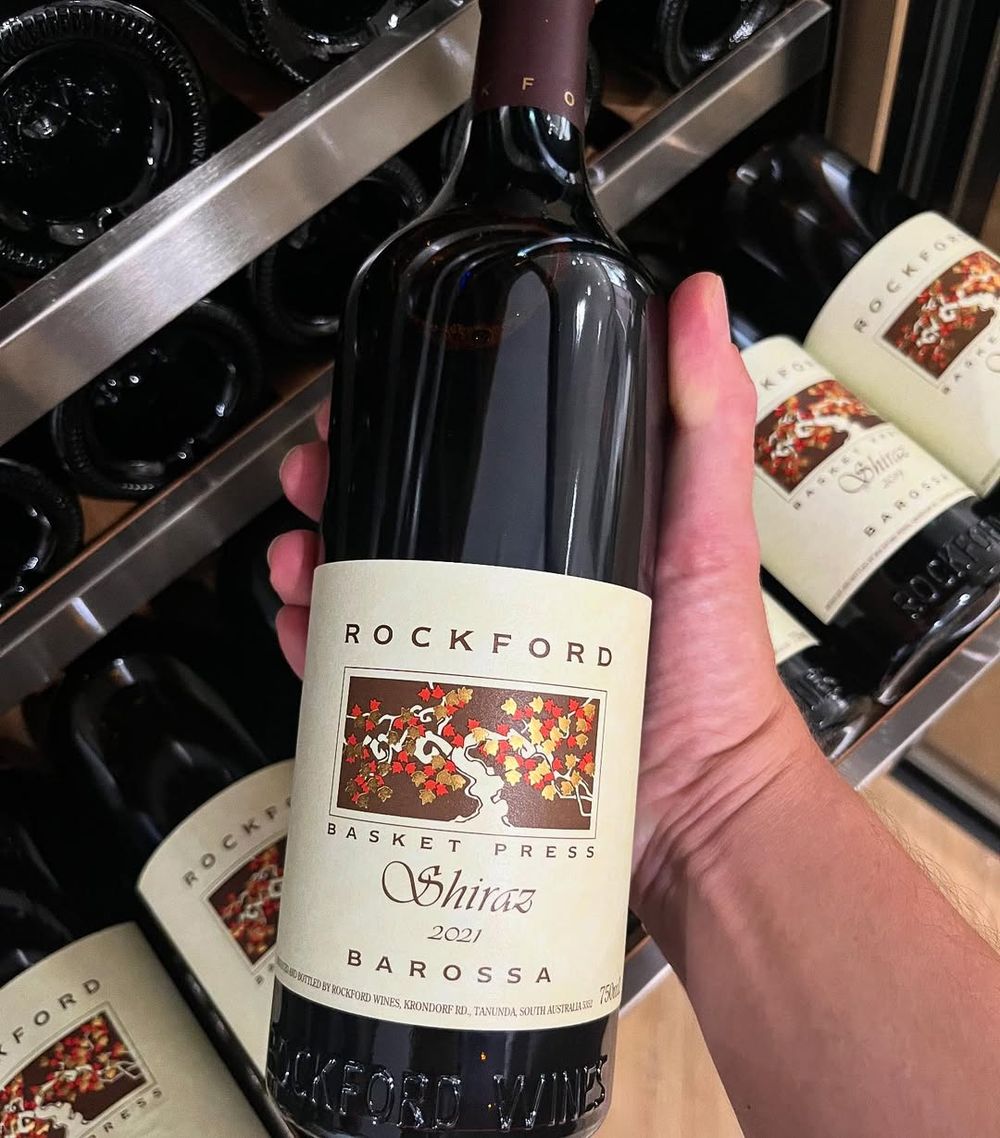Hanging out in supermarket wines aisles can be a revelation for the wine writer. This month I did just that in Waitrose, Chelsea, in the big Sainsbury’s in Wandsworth and in the Tesco Extra in Winchester, trying to look as unobtrusive as possible to see what was being bought.
Lots of Champagne and Prosecco of course, whilst predictable favourites like Kiwi Sauvignon Blanc and Veneto Pinot Grigio were all being snapped up. More interesting were the reds. A definite run on the Malbecs, Aussie Shiraz and Cabernet Sauvignon – helped by Peter Lehmann, St Hallett and Penfolds all being on offer in Tesco.
In Chelsea, well-dressed clientele made a bee line for Châteauneuf-du-Pape, Amarone, some interesting looking hefty Douro reds and old-style, full-on Riojas. But how about the Pinot Noir or the Beaujolais or the Loire reds that the wine media suggest are all the rage right now? Staying firmly on the shelves, at least in these bustling shops.
Look, I know this was a far from scientific exercise (we have just come out of winter and these are supermarkets, albeit in well to do neighbourhoods, rather than specialist wine shops). However, for me it confirmed what I’ve long suspected - in the same way that wine drinkers ‘talk dry’ but ‘drink sweeter’, most also seem to prefer rounded and full-bodied wines – particularly reds – to the lighter bodied, more nuanced styles most wine writers and influencers talk up.

Very little subtlety - Fourth Wave's 'bagnum' of Buttery Chardonnay
I’m not the only wine writer to have noticed this. Will Lyons, wine critic for The Sunday Times, recently posted: “If I have learned one thing, it is that when it comes to white wine, there are still thousands of wine lovers out there who love a little oak. Maybe the pendulum has swung too far towards lean, flinty, Chablis style Chardonnays.”
Frankly, acidity and minerality do not seem to be at the top of most drinkers wish lists when choosing their wines, and certainly not the astringent, almost-green wines talked up by some writers. By contrast, heft and body seem still very popular, suggesting mainstream tastes in wine may not be that different from 30-40 years ago despite all the huge changes in the industry since then.
And despite the government efforts targeting higher ABV wines with higher excise duties, retailers seem to be fighting back with more promotions on these wines, presumably to maintain consumer demand for them. At the time of writing for example, Waitrose was promoting a range of Malbec and Shiraz wines with steep discounts of around 30%, including Dona Paula El Alto Malbec, down from £17 to £12. Meanwhile other stores continue to promote the full bodied stuff. So where to look?
Majestic Wines is a good first place to turn. Two of their best-selling lines unashamedly prioritise flavour over tradition and style: the Guv’nor red is a multi-regional blend of Tempranillo featuring grapes from Toro, Rioja and Ribera del Duero that puts fruit and flavour first, winning approval ratings of 94% on the website and spawning a white counterpart made the same way, with grapes from Rueda, Galicia and Valdepenas, and upscale “VIP” versions of each.
Another best-selling line is Toast and Honey, from Lodi in California, wines that “blend the toast of the charred winemaker’s barrel with silky, honey inspired fruit flavours from some of the world’s great vineyards”. The resulting wines – including a rich Viognier, a plush Chardonnay, and a fruit-driven Pinot Noir and Cabernet Sauvignon – are amongst Majestic’s biggest sellers.

The Merlot in the range is called 'Whopping Merlot'
To properly address the elephant in the room, let’s turn to the Elephant in the Room, a new range of Australian wines launched here this year by Fourth Wave Wines. A glance at the back label pretty much gives you the picture “Big wines with lots of flavour are increasingly hard to find. Odd fact is, makers hate talking about them and yet drinkers love them. There’s a jolly good reason – they’re lip-smackingly delicious.”
And the wines… currently a full-on Viognier (probably the best of the trio), a well-rounded Chardonnay and a very juicy Pinot Noir, with more varietals in the pipeline including a Fiano and a Merlot; they do hit a certain spot and are well-priced at around £10-11.

Launched first Down Under, they’re doing very well here in the UK, so much so in fact that Fourth Wave has launched another range, Little Giant, featuring a Barossa Shiraz and Coonawarra Cabernet (with friendly looking but decidedly round-looking wombats featured on the label). These are slightly more premium priced – at around £13, with regionally sourced fruit – but the same approach as Elephant in the Room, as the back labels suggest.
“Small, powerful and thick skinned just like the wombat, the Shiraz grape is the little giant of the wine world. This little dark guy may be small but the taste is powerful – full bodied, with black fruits, peppers, spices and dark chocolate”
I spoke to Ross Marshall, Fourth Wave’s managing director, about the philosophy behind the wines, which now sell through Waitrose and Sainsbury’s.

Ross Marshall - "a clear market for bigger flavoured wines"
“These wines show there is a clear market for bigger flavoured wines, as long as they are not overdone or over-oaked,” he says, adding that both labels are “more about the fruit than the oak.”
“Both these brands offer warm, cuddly wine styles and in so doing fill a definite market niche,” he says, adding that they are well-made, contemporary and well-packaged wines, a few steps above the likes of Banrock Station.
“In Australia Little Giant was one of the most successful wine launches of recent years and because the market is similar here, we’re confident they will do as well.”
Marshall says Fourth Wave researched the wines to see if customers would be happier with lower priced but lower alcohol wines and the answer was overwhelmingly negative
“Bigness and alcohol are what we are about here.”
Mullet - business at the front, party at the back

Yup - that wine is called 'Hard Tawny'
Fourth Wave’s latest venture in Australia takes the concept even further with last November’s launch of Mullet Wines, “Australia’s first hard wine brand” where “alcohol levels have not been given a haircut”: indeed not, with a Hard Pinot with 15% alcohol and a Hard Shiraz with 17%.
Probably coming our way soon.
The “bold and rich” category is not confined to the off-trade however, although New World regions – which prioritise varieties rather than blends – seem again to predominate.
Exhibit One, Napa Valley’s Rombauer Vineyards, which recently celebrated its 40th anniversary and which was snapped up by Gallo two years ago. The winery, which sells much of its output to loyal customers direct from the winery, is loyal to its traditions, selling high quality, full-on Chardonnay, Zinfandel (16% abv) and Cabernet Sauvignon that, in the words of winemaker Richie Allen, don’t compromise on taste.
Exhibit Two Barossa Valley’s Rockford Wines. Visitors often say visiting this winery is like going back in time, something the producer says was deliberate. Based in what was a run-down 1850’s farm property before founder Robert O’Callaghan turned it into Rockford’s home when he bought it in 1971, the winery was set up to make wines using equipment from the last century.
“It is authentic, and our wines continue to be made this way,” says David Kalleske, adding: “Our red wines are made using hand-picked grapes from a diverse selection of generational grape growers across the Barossa and vinified using equipment from that era, such as the 1880s Bagshaw de-stemmer and the 1890s Robinson Basket Press,” he continues.

Basket Press is a blast from the past
For those who have become accustomed to new-style Australian wines, made in a lighter or more nuanced style, Rockford is an unashamed blast from the past, offering full-on but nuanced old-fashioned style wines that speak of South Australia’s past.
Alongside the rich, earthy Basket Press Shiraz 2018, there is the smooth, moreish Rifle Range Cabernet Sauvignon 2019, classic and traditional in style and the rich, purple-black coloured Black Shiraz 2021, a classic take on Australia’s iconic Sparkling Shiraz.
In deference to the blend which Australia made its own in the 1980s and 1990s, but which has since been pushed to one side as lighter grape styles have come to the fore, Rockford also makes the Rod & Spur Shiraz Cabernet 2019, a real throw back, but in a good way with elegance and dark red fruit to the fore. Acidity and tannins in all these wines are restrained, very much in the background compared to the fruit-forward intensity of these wines. Demand for them is such that there are often waiting lists for new vintages when they are released, with loyal customers getting first dibs.
“Our principle of maintaining the best aspects of the ‘traditional’ wine trade means we decided not to be influenced by fashion or trends. The consistency of style and our authenticity has resonated with our long-term supporters of Rockford,” says Kalleske.
At a time when many regions that famously focused on big wine styles are moving away from them - step forward Ribera del Duero, Rioja, Priorat and Valpolicella to name a few - and when producers are seeking to capture younger drinkers with lighter, lower alcohol styles that supposedly appeal to them - it may be taking a closer look at what many consumers actually want. The Elephant In The Room somehow says it all.
































